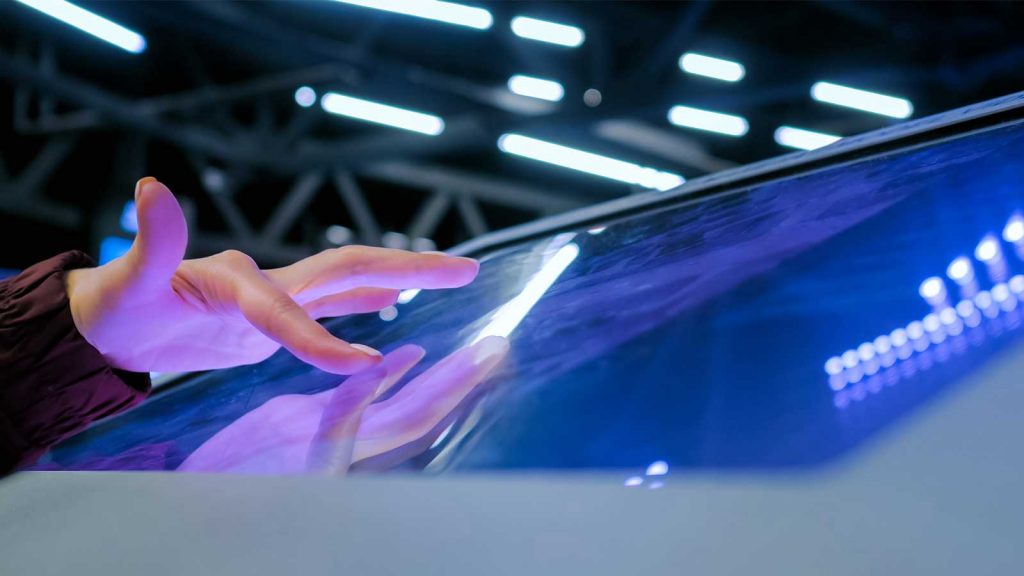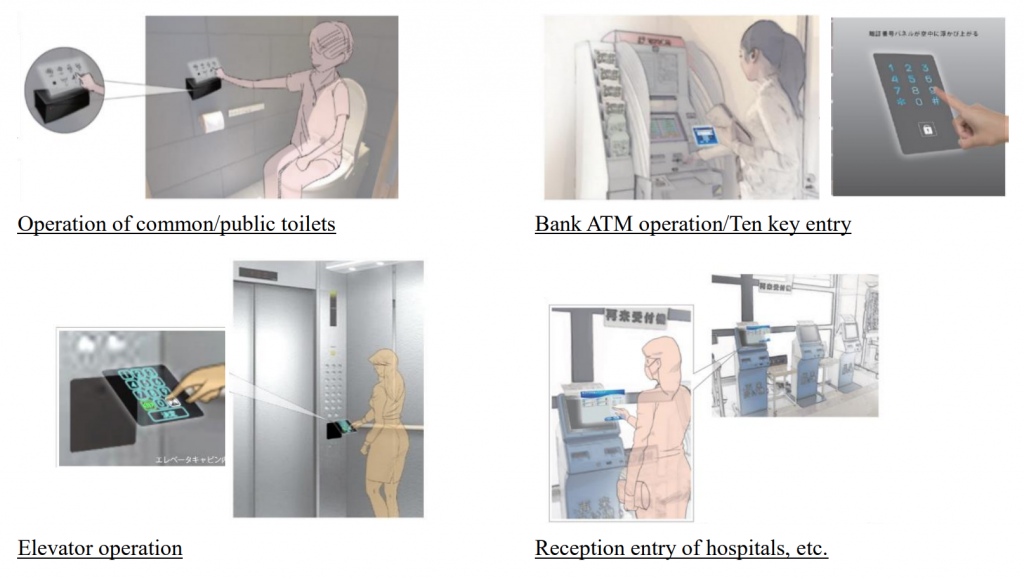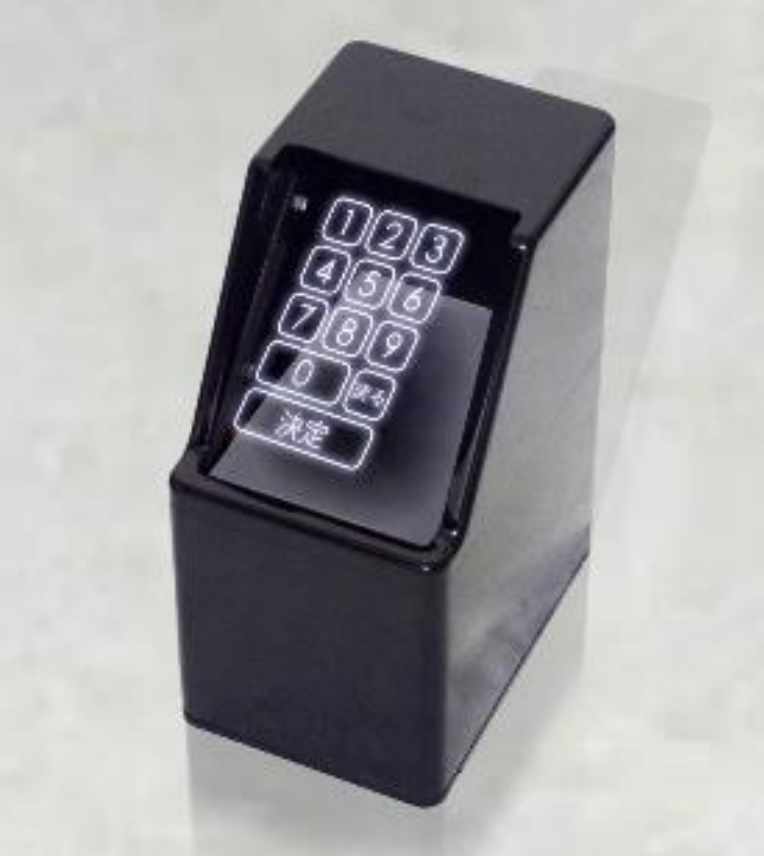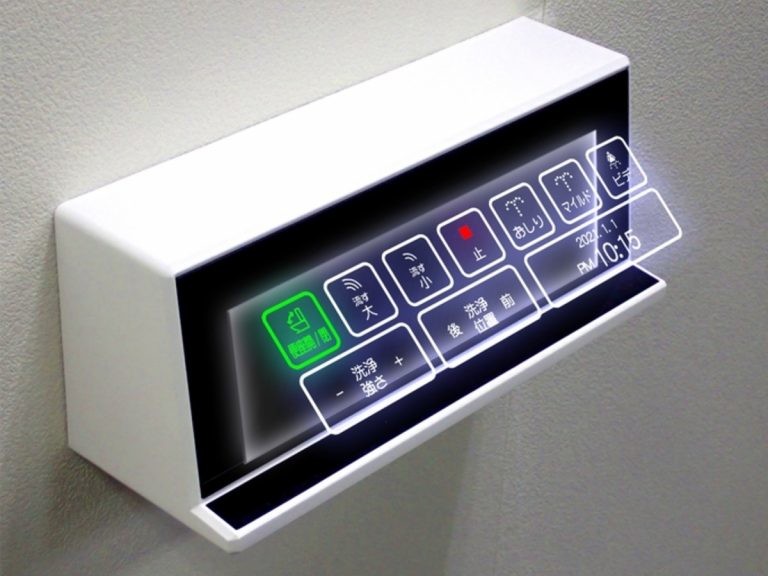COVID-19 has had an immense impact on how we live and in order to adapt to this new lifestyle we had to find new solutions. For example: are you more aware of what you are touching and of the countless other people that have also touched it? What if you were able to touch those things without having to physically touch them anymore? Something like a holographic touch screen!
The Change in Perceptions
COVID-19 has made us hyper-aware of every touchable surface that could transmit the disease. We have seen extra caution exercised when coming to contact with commonly shared public items such as door handles, self-service touch screens and elevator buttons. Thus, one way to solve this is by having a contactless interface.

The Innovative Technology
Murakami Corporation, a Japanese company in the automobile-business creating rear view mirrors, has developed a new technology called Floating Pictogram Technology in collaboration with Parity Innovations, a fellow Japanese technology development-focused venture company. It is a contactless interface system using the combination of the “air-floating image” optical technology and the spatial sensing technology that uses infrared sensors. The users could simply hover their fingers on the floating image of a button and they would easily be able to insert commands and data without the need of having physical contact.

For now, Murakami Corporation is focused on using the technology to upgrade the high-tech Japanese toilets with sample devices already being provided. Furthermore, the company expects to be able to mass-produce the panels in early 2022. Murakami corporation also aspires to implement this technology to ATMs, elevators and hospitals.

Other Practical Applications
There are other companies also working on these kinds of sci-fi, futuristic contactless interfaces and we can definitely see a potential for other practical applications of this technology:
- Surgeons can use this in order to lower the risk of contaminating their hands during surgery.
- Electronic items that cannot handle water such as laptops, so you will be able to use it with wet hands or while taking baths.
- Touch screen panels that have a hard time recognising wet/dirty hands or hands with gloves on.
- Self-service touch screens such as in Albert Heijn, so you will be able to actually complete the contactless payment without any physical contact.
- Buttons to open electronic doors such as on trains.
Limitation
Sadly, this new technology does not make life easier for everyone. As this is an innovation on the optical technology side, it uses visual feedback for operations. This means that people that are visually impaired will not be able to utilise this new technology. They are restricted to making use of other senses such as touch and sound for operations or simply have someone else do it. New technologies always come with new possible challenges but if you are careful, you can make sure it does not make the world less safe in its process.
Sources:
https://jref.com/threads/floating-pictogram-technology.233704/
http://www.nelson-miller.com/holographic-touchscreens-are-they-worth-it/
https://geekimpulse.com/pictogram-floating-technology-is-making/
https://www.ultraleap.com/company/news/blog/touch-screen-kiosks/

